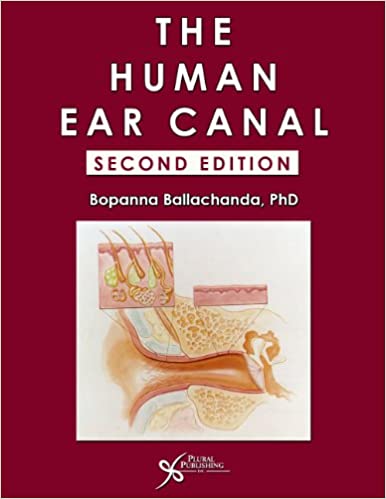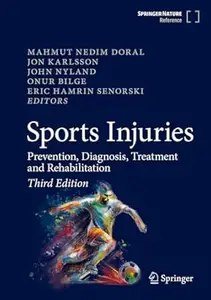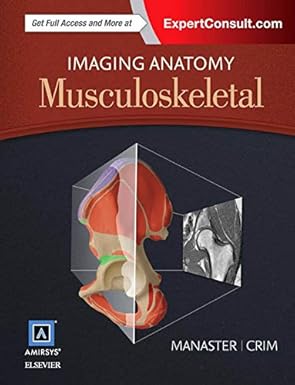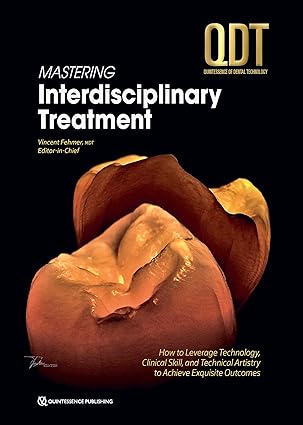The Human Ear Canal, Second Edition covers a wide range of topics pertinent to the human ear canal and its contribution to audiological services.
The first chapter in an introduction to the book by the editor. The second chapter, Development of the Outer Ear, discusses the embryonic development of the ear canal and further alterations due to progressive changes in aging. The third chapter, Ear Canal Anatomy, describes the shape, size, neural innervations, and vascular supply to the ear canal. The illustrations in this chapter provide an enhanced view of the various structures within the ear canal. The fourth chapter, Ear Canal Examination, emphasizes the need for good visualization of the ear canal during examination. The fifth chapter deals with pathological conditions of the ear canal.
Chapter six, Ear Canal Acoustics, describes various techniques to determine ear canal geometry, the importance of sound pressure measurements within the ear canal, and the variables affecting ear canal measurements. In this chapter, an attempt is made to gather all the relevant publications in the area of ear canal measurements so that students and audiologists need not spend countless hours searching numerous journals to keep up with the rapid development in measurements performed within the ear canal. Chapter seven on Deep Canal Hearing Aids emphasizes the relationship between the hearing aid and the ear canal; the importance of the ear canal and its associated structures for successful hearing aid fitting is also discussed.
Chapters eight and nine are devoted Cerumen Management. Excessive cerumen can be a problem for hearing professionals and their patients. Its presence can interfere with patient testing and make it impossible to obtain reliable test results or obtain a precise ear canal impression. The normal course of cerumen production, the causes and prevalence of cerumen impaction, the consequences of cerumen accumulation on audiological diagnosis, and the precise procedures for cerumen management are detailed.
The book includes contributions from Richard T. Miyamoto, MD, Christopher Miyamoto, MD, and Brian Taylor, AuD.
چکیده فارسی
کانال گوش انسان، ویرایش دوم طیف وسیعی از موضوعات مرتبط با کانال گوش انسان و سهم آن در خدمات شنوایی شناسی را پوشش می دهد.
فصل اول در مقدمه ای بر کتاب توسط ویراستار. فصل دوم، رشد گوش خارجی، رشد جنینی کانال گوش و تغییرات بعدی ناشی از تغییرات پیشرونده در پیری را مورد بحث قرار میدهد. فصل سوم، آناتومی کانال گوش، شکل، اندازه، عصبهای عصبی و تغذیه عروقی کانال گوش را توضیح میدهد. تصاویر موجود در این فصل نمای پیشرفتهتری از ساختارهای مختلف داخل کانال گوش ارائه میدهند. فصل چهارم، معاینه کانال گوش، بر لزوم تجسم خوب مجرای گوش در حین معاینه تاکید می کند. فصل پنجم به شرایط پاتولوژیک کانال گوش می پردازد.
فصل شش، آکوستیک کانال گوش، تکنیکهای مختلفی را برای تعیین هندسه کانال گوش، اهمیت اندازهگیری فشار صوت در کانال گوش، و متغیرهای مؤثر بر اندازهگیری کانال گوش توضیح میدهد. در این فصل، تلاش شده است تا تمام مقالات مرتبط در زمینه اندازهگیری کانال گوش جمعآوری شود تا دانشجویان و شنواییشناسان ساعتهای بیشماری را صرف جستجوی مجلات متعدد نکنند تا با پیشرفت سریع اندازهگیریهای انجامشده در داخل کانال گوش همراهی کنند. فصل هفتم سمعک های کانال عمیق بر رابطه بین سمعک و کانال گوش تاکید می کند. اهمیت کانال گوش و ساختارهای مرتبط با آن برای نصب موفق سمعک نیز مورد بحث قرار گرفته است.
فصل هشتم و نهم به مدیریت سرومن اختصاص دارد. سرومن بیش از حد می تواند برای متخصصان شنوایی و بیماران آنها مشکل ایجاد کند. وجود آن می تواند با آزمایش بیمار تداخل داشته باشد و دستیابی به نتایج آزمایش قابل اعتماد یا برداشت دقیق کانال گوش را غیرممکن کند. سیر طبیعی تولید سرومن، علل و شیوع نهفتگی سرومن، پیامدهای تجمع سرومن در تشخیص شنوایی شناسی، و روش های دقیق مدیریت سرومن به تفصیل آمده است.
این کتاب شامل مشارکتهای ریچارد تی. میاموتو، MD، کریستوفر میاموتو، دکتر و برایان تیلور، AuD است.
ادامه ...
بستن ...










